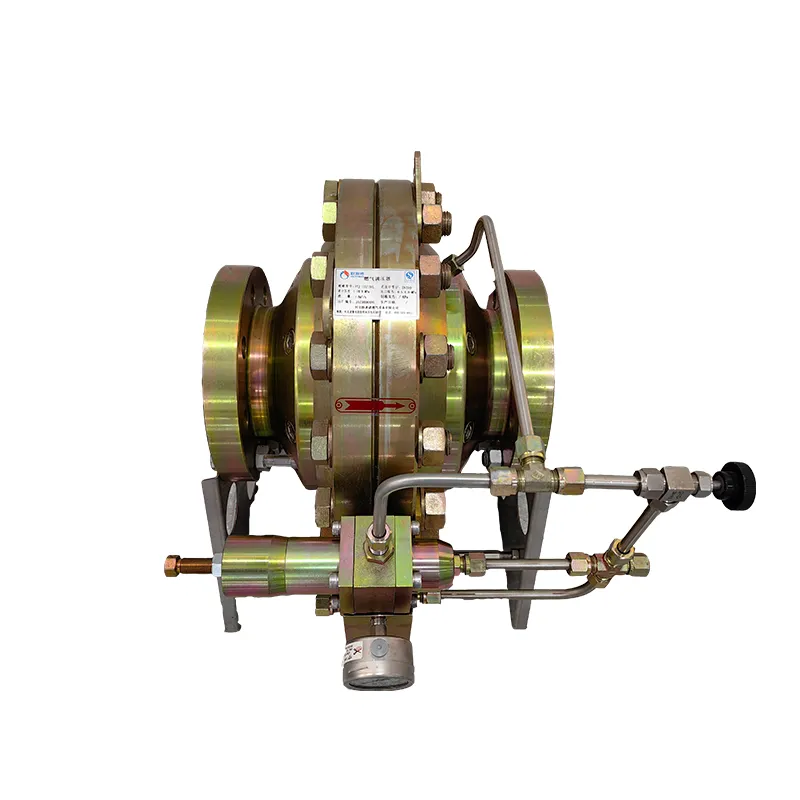
Nov . 19, 2024 05:04
Back to list
محطة توزيع الغاز
The Role of Gas Distribution Stations in Energy Supply
Gas distribution stations play a crucial role in the energy supply chain, acting as vital hubs where natural gas is processed, regulated, and distributed to consumers. As the world shifts towards cleaner energy alternatives, gas remains a key player due to its efficiency and lower carbon emissions compared to other fossil fuels. Understanding the functions and significance of these distribution stations is essential for grasping the larger landscape of energy management and sustainability.
What is a Gas Distribution Station?
A gas distribution station is a facility where natural gas is received from high-pressure transmission pipelines and then reduced to a lower pressure to be distributed safely to residential, commercial, and industrial users. These stations are crucial for ensuring that gas is delivered in a form that is both safe and usable. The operations within a gas distribution station typically include the regulation of pressure, odorization of the gas (adding a distinct odor to help detect leaks), and metering to monitor the amount of gas being distributed.
The Process of Gas Distribution
Upon arrival at a gas distribution station, the high-pressure gas is first reduced to a pressure suitable for local distribution through a series of pressure regulators. This step is vital because lower pressures are necessary to ensure safety while still providing adequate supply to end users. The gas is then mixed with an odorant, commonly mercaptan, which gives it a distinctive smell, enabling leak detection—a critical safety measure.
.
Importance in Energy Transition
محطة توزيع الغاز

Gas distribution stations are becoming increasingly important as the energy industry evolves. As many countries look to transition from coal and oil to cleaner energy sources, natural gas often serves as a bridge fuel. It is relatively cleaner than its counterparts, and when combined with renewable energy sources, it can help reduce overall greenhouse gas emissions.
Additionally, advancements in technology are making it possible to integrate renewable gases, such as biogas and hydrogen, into existing gas infrastructure. This integration positions gas distribution stations as key players in enabling a diverse energy portfolio that includes both conventional natural gas and renewable alternatives.
Safety and Regulation
Safety is paramount in the operation of gas distribution stations. Regulatory bodies enforce strict guidelines to ensure the integrity of gas pipelines and facilities. Regular maintenance, inspections, and upgrades are performed to prevent accidents and leaks. The importance of compliance cannot be overstated, as safety failures can lead to catastrophic consequences for both people and the environment.
Public awareness campaigns and community engagement play important roles in fostering a culture of safety around gas distribution. By educating consumers about the properties of natural gas and the importance of reporting leaks, communities can actively participate in ensuring their safety and well-being.
Conclusion
Gas distribution stations are integral components of our energy infrastructure, facilitating the efficient and safe delivery of natural gas to consumers. As the world strives for energy sustainability, these stations will continue to adapt, incorporating new technologies and renewable sources to meet tomorrow's energy needs. Their role not only underscores the importance of natural gas in the current energy landscape but also highlights the transition toward more comprehensive and sustainable energy solutions.
Latest news
-
Safety Valve Spring-Loaded Design Overpressure ProtectionNewsJul.25,2025
-
Precision Voltage Regulator AC5 Accuracy Grade PerformanceNewsJul.25,2025
-
Natural Gas Pressure Regulating Skid Industrial Pipeline ApplicationsNewsJul.25,2025
-
Natural Gas Filter Stainless Steel Mesh Element DesignNewsJul.25,2025
-
Gas Pressure Regulator Valve Direct-Acting Spring-Loaded DesignNewsJul.25,2025
-
Decompression Equipment Multi-Stage Heat Exchange System DesignNewsJul.25,2025

